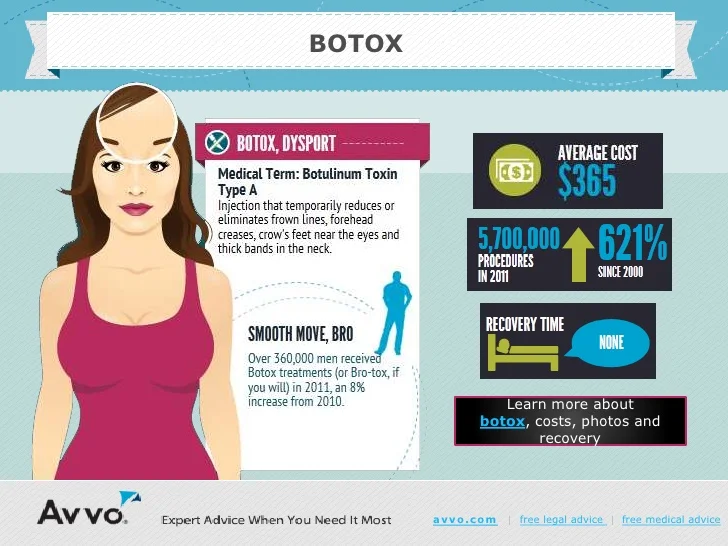Acne On Different Parts Of The Body
Acne On Different Parts Of The Body
Blog Article
Just How to Use Retinoids For Acne
Frequently called the holy grail of acne treatment, retinoids reduce oil manufacturing and assistance clear skin by avoiding blocked pores. They are available in non-prescription products, gels and lotions, in addition to stronger prescription items like tretinoin or isotretinoin.
Originated from vitamin A, they can deal with every little thing from fine lines and wrinkles to moderate pigmentation abnormalities and acne to psoriasis. However prior to you make use of any, start slowly and make sure to comply with directions very carefully.
Just how to Make use of
Retinoids are skin care workhorses that speed up the skin's natural process of exfoliation, unclog pores, and decrease acne marks and fine lines. The only disadvantage to utilizing them is that they can be suspended by sunshine and are aggravated by particular various other skin treatment active ingredients, like salicylic acid. That's why it's important to apply them at night and to avoid other treatments that aren't formulated for use with retinoids, such as BHAs or alpha hydroxy acids.
Over the counter retinol is typically milder than prescription choices. (Retinoids are originated from Vitamin A, and your body needs to transform it into the active compound to enjoy its benefits.) A good starter option is adapalene, which the FDA approved for OTC use in 2016; it's found in adapalene gels and is less expensive than many other prescription products.
While redness and peeling are entirely regular retinoid negative effects, you need to see a skin doctor if you establish serious red patches or cystic breakouts, which can lead to hyperpigmentation and scarring, says board-certified nurse practitioner Jill Canes. Also, be aware that some items might engage with your retinoids: a beta-hydroxy acid, such as salicylic acid, has a tendency to react badly with retinoids, causing overdrying and stimulating more oil manufacturing.
Negative effects
Retinol and retinoids are an essential of acne therapy. They avoid pores from clogging and reduce and minimize marks brought on by the problem. They likewise have anti-aging benefits, as they speed up the turn over of surface area skin cells.
One of the most typical topical prescription retinoids are tretinoin, isotretinoin and adapalene. These work to unclog obstructed pores, deal with blackheads and minimize fine lines and wrinkles. They are additionally suggested for other dermatological conditions consisting of psoriasis and to manage skin growth (skin aging), keratosis pilaris, sun damages and hyperpigmentation.
Due to the fact that retinoids can trigger dry, flaky skin, it is necessary to utilize a moisturizer. You should additionally stay clear of products including alpha hydroxy acids such as salicylic acid, which can interact inadequately with retinoids. If you're utilizing a product which contains both, attempt to surprise the use of each and utilize them just on clean skin. Niacinamide, a form of vitamin B3, can aid combat the drying results of retinoids. It can be included in your skincare routine as a product or contributed to other therapies such as benzoyl peroxide, states Dr. Garshick.
Precautions
Retinoids, that include both natural and synthetic substances related to vitamin A, accelerate skin cell turn over and reduce the effects of inflammatory acne signals. They also enhance collagen production, which reduces great lines and wrinkles. You can locate weak retinols over the counter and more powerful ones just with a doctor's prescription.
When used topically, retinoids assist clear mild to modest acne and improve skin appearance and tone. They can likewise reduce dark places (hyperpigmentation) that establish from sunlight damages.
However, it is necessary to utilize retinoids correctly to prevent drying and irritability. Begin with a pea-sized quantity every other night for 2 weeks and slowly increase the regularity of application as tolerated. You must also make use of a sunscreen daily with an SPF of at the very least 30 while utilizing retinoids. In addition, make sure to avoid various other skincare items which contain salicylic acid, as it can break down retinoids. Lastly, expecting women must not use retinoids, as they can boost the risk of losing the unborn baby and birth defects.
Mixes
A dermatologist can recommend a variety of topical therapies that include retinoids, including adapalene, tazarotene, and tretinoin. Your medical professional may additionally recommend retinoids to deal with excrescences by disrupting their cell growth. Retinoids are generally risk-free for usage with other skin products, yet you ought to constantly speak with a skin doctor before starting or incorporating any brand-new therapies.
Niacinamide (vitamin B3) helps reduce the redness and inflammation brought on by retinoids and can be effective in attending to acne. It can also combat bad botox before and after the drying out effects of numerous retinoids. Benzoyl peroxide can unblock pores, reduce excess oil production, and eliminate bacteria that contribute to acne. It can be incorporated with retinoids to increase the efficiency of therapy and to prevent antibiotic resistance.
If you are expecting or breastfeeding, stay clear of using retinoids. They can be taken in via the skin and get in the bloodstream, which can impact your child. You ought to likewise stay clear of rubbing the area where you use the retinoids due to the fact that it can cause inflammation or burns.